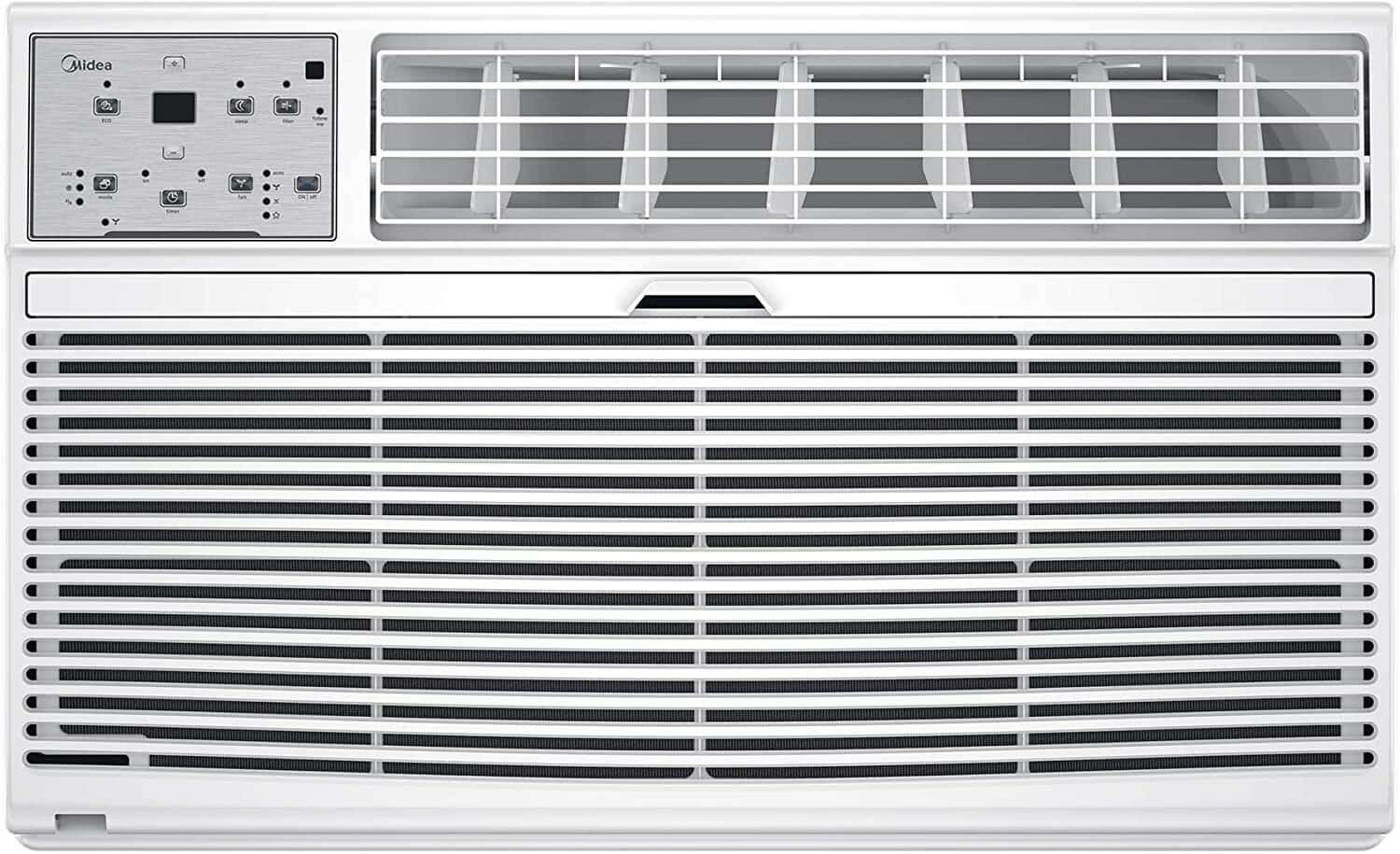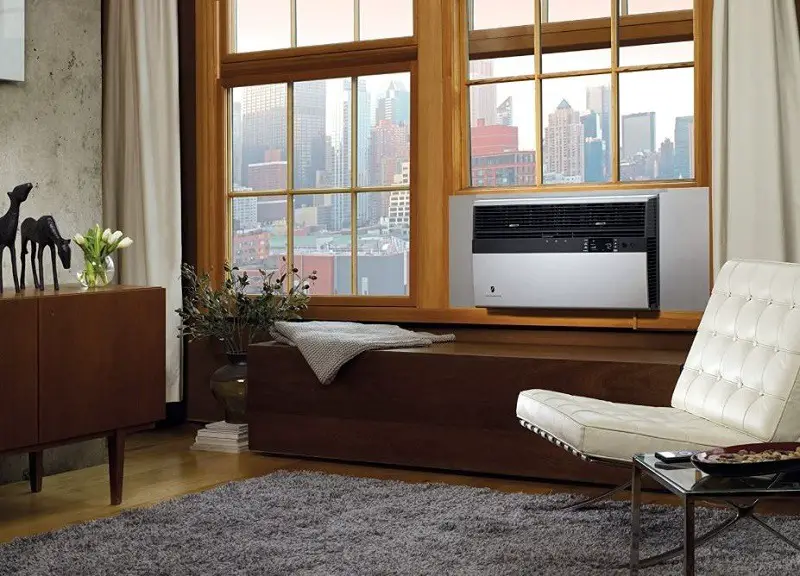Through The Wall Air Conditioner Reviews

Through-the-wall air conditioners (TTWACs) offer a compelling alternative to window units and central air, particularly in apartments, condos, and older buildings where ductwork installation is challenging or cost-prohibitive. This article provides a comprehensive overview of TTWACs, focusing on reviews, industry trends, career implications, and professional development opportunities for HVAC students, technicians, and employers.
Understanding Through-The-Wall Air Conditioners
TTWACs are self-contained cooling units designed to be permanently installed in a wall sleeve. Unlike window units, they don't obstruct windows or require seasonal installation and removal. They offer more security and a cleaner aesthetic. Before diving into reviews, it's crucial to understand key features:
- BTU (British Thermal Units): Determines the cooling capacity. Selecting the correct BTU rating is vital for energy efficiency and comfort. A unit that's too small won't adequately cool the space, while one that's too large can lead to short cycling and humidity issues.
- Energy Efficiency Ratio (EER) & SEER: EER measures cooling efficiency at a specific temperature point, while Seasonal Energy Efficiency Ratio (SEER) accounts for variable temperatures throughout the cooling season. Higher numbers indicate better efficiency and lower energy bills.
- Features: Consider features like remote control, programmable timers, sleep mode, multiple fan speeds, and air filtration. Some units offer heating capabilities as well, functioning as heat pumps.
- Noise Level: TTWACs can be noisier than central air. Check the decibel (dB) rating and read reviews regarding noise complaints.
- Installation: While some homeowners attempt DIY installation, professional installation is highly recommended, especially if a wall sleeve needs to be created or modified.
Through-The-Wall Air Conditioner Reviews & Top Brands
Several brands consistently receive positive reviews for their TTWAC units. Here are a few prominent examples:
- Frigidaire: Known for reliability and affordability. Many Frigidaire TTWAC models offer a good balance of features and value.
- GE (General Electric): GE TTWACs are often praised for their cooling power and smart features.
- LG: LG focuses on energy efficiency and quiet operation, often incorporating inverter technology for more consistent cooling.
- Friedrich: Friedrich specializes in high-end, durable TTWACs designed for demanding environments. They are often pricier but offer superior performance and longevity.
When evaluating reviews, pay attention to:
- Consistent positive feedback: Look for recurring themes in positive reviews, such as effective cooling, ease of use, and reliable performance.
- Addressing negative reviews: See how the manufacturer responds to negative reviews. Do they offer solutions or explanations?
- Third-party testing: Consult independent testing organizations and consumer reports for unbiased assessments.
Industry Trends & Job Outlook
The HVAC industry is experiencing significant growth, driven by factors like climate change, stricter energy efficiency standards, and increased construction activity. The Bureau of Labor Statistics projects a growth rate of 6 percent for HVAC mechanics and installers from 2022 to 2032, which is about as fast as the average for all occupations. This growth encompasses various sectors, including the installation, maintenance, and repair of TTWACs, particularly in multi-unit residential buildings.
Several trends are shaping the TTWAC market:
- Increased demand for energy-efficient units: Consumers are increasingly seeking TTWACs with high EER/SEER ratings to reduce energy consumption and lower utility bills. This is driving manufacturers to innovate and develop more efficient models.
- Smart Technology Integration: TTWACs are increasingly incorporating smart features such as Wi-Fi connectivity, smartphone control, and integration with smart home systems. This allows users to remotely monitor and control their cooling, optimizing energy usage and comfort.
- Variable Speed Compressors (Inverter Technology): Inverter technology allows the compressor to adjust its speed based on cooling demand, resulting in more consistent temperatures, reduced energy consumption, and quieter operation. This technology is becoming increasingly common in higher-end TTWAC models.
- Focus on Air Quality: TTWACs with advanced air filtration systems are gaining popularity, particularly in areas with high levels of air pollution or allergens. These systems can help remove dust, pollen, mold spores, and other contaminants from the air.
Career Paths & Salary Expectations
The demand for skilled HVAC technicians creates numerous career opportunities. Here are a few potential career paths related to TTWACs:
- HVAC Installer: Install TTWAC units in residential and commercial buildings. Requires knowledge of electrical wiring, plumbing, and building codes.
- HVAC Service Technician: Diagnose and repair TTWAC malfunctions. Requires strong troubleshooting skills and knowledge of refrigeration cycles.
- HVAC Sales Engineer: Recommend and sell TTWAC solutions to clients. Requires strong technical knowledge and communication skills.
- HVAC Project Manager: Oversee the installation and maintenance of TTWAC systems in large projects. Requires strong organizational and leadership skills.
Salary ranges vary based on experience, location, and specialization. According to the Bureau of Labor Statistics, the median annual wage for HVAC mechanics and installers was $59,620 in May 2023. Experienced technicians with specialized skills and certifications can earn significantly more. For example, a senior HVAC technician specializing in commercial refrigeration systems could earn upwards of $80,000 per year.
Certifications & Professional Development
Earning relevant certifications can significantly enhance career prospects and earning potential. Here are some important certifications for HVAC professionals:
- EPA Section 608 Certification: Required by the Environmental Protection Agency (EPA) for technicians who handle refrigerants. This certification demonstrates competency in safely handling and recovering refrigerants to protect the environment.
- NATE (North American Technician Excellence) Certification: A nationally recognized certification that validates the knowledge and skills of HVAC technicians. NATE offers various certifications, including those related to residential and commercial air conditioning. Employers often prefer to hire NATE-certified technicians.
- HVAC Excellence Certification: Another respected certification program that offers a range of certifications for HVAC professionals.
Continuous professional development is crucial for staying up-to-date with the latest technologies and industry best practices. Consider:
- Manufacturer Training Programs: Many manufacturers offer training programs on their specific TTWAC models. These programs can provide valuable insights into installation, maintenance, and troubleshooting.
- Industry Conferences and Trade Shows: Attending industry events provides opportunities to network with other professionals, learn about new technologies, and attend educational seminars.
- Online Courses and Webinars: Numerous online resources offer courses and webinars on various HVAC topics.
Employer Considerations
For employers in the HVAC industry, hiring and retaining skilled workers is essential for success. Consider the following strategies:
- Offer competitive salaries and benefits: Attract and retain top talent by offering competitive compensation packages that include health insurance, retirement plans, and paid time off.
- Invest in training and development: Provide opportunities for employees to enhance their skills and knowledge through training programs, certifications, and continuing education.
- Promote a positive work environment: Create a supportive and collaborative work environment that values employee contributions.
- Recognize and reward performance: Recognize and reward employees for their accomplishments and contributions to the company's success.
- Partner with trade schools and apprenticeship programs: Establish partnerships with local trade schools and apprenticeship programs to recruit new talent.
For HVAC students and apprentices, gaining hands-on experience is paramount. Seek out internships, apprenticeships, and entry-level positions that provide opportunities to work with various types of HVAC equipment, including TTWACs.
In conclusion, the through-the-wall air conditioner market presents both challenges and opportunities for HVAC professionals. By staying informed about industry trends, pursuing relevant certifications, and continuously developing their skills, HVAC technicians can build successful and rewarding careers. Employers who invest in their workforce and create a positive work environment will be well-positioned to attract and retain top talent. The future of the HVAC industry looks bright, with continued growth and innovation expected in the years to come.










